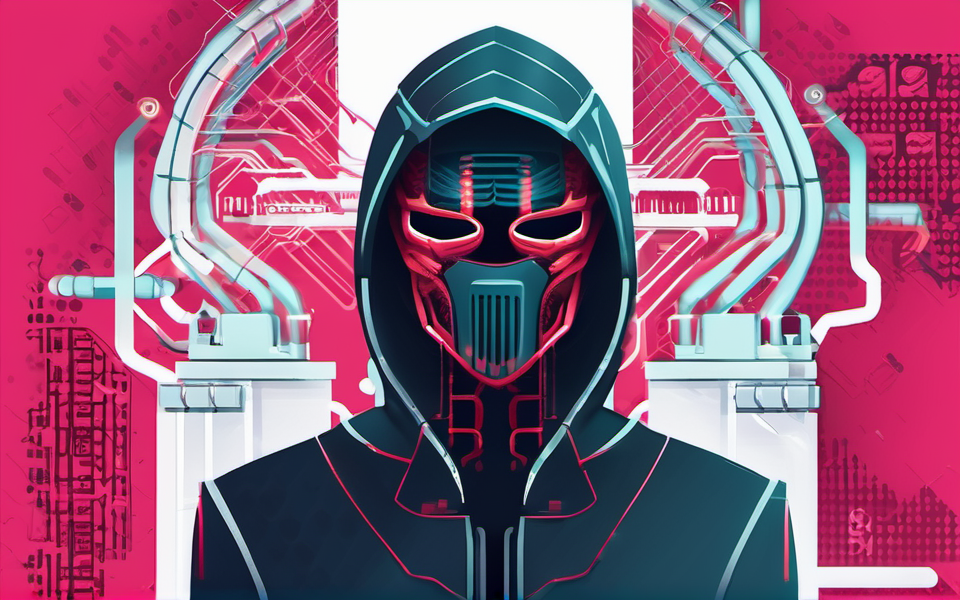Hold on to your hats! Ransomware is a HUGE problem, but guess what? Tech is FIGHTING back.
Forget the “I told you so”s and the finger-pointing. The truth is, ransomware attacks have exploded, hitting everything from hospitals to schools. It’s downright scary. But, before you hide under your desk and pray for the apocalypse, take a breath. We’ve got some serious tech solutions on our side that are ready to do battle.
Let’s dive into how the digital world is fighting ransomware with innovation and ingenuity. The future of cyber security is bright (and techy).
The Ransomware Landscape: An Unfriendly Neighborhood
To understand why technical solutions are so important, we need to get a handle on just how bad things are.
Here’s the brutal reality:
- Ransomware attacks are on the rise. Global ransomware damages have climbed past $20 billion! Think about that: Billion.
- The targets are changing. It’s not just big businesses anymore. Ransomware for individuals is a growing problem. Imagine your family photos and all your digital memories held hostage!
- The methods are evolving. Sophisticated ransomware attacks are now using techniques that exploit the vulnerabilities of IoT devices, network configurations, and even the latest tech advancements.
The Fight Against Ransomware: A Multi-Layered Defense
There’s no magic bullet, but we have a powerful arsenal of weapons in our cybersecurity arsenal. Let’s break down some of the most crucial tools in our fight against ransomware attacks:
1. Data Backup & Recovery
This might seem obvious, but it’s a vital first line of defense. Think of it like having a secure, off-site backup of your entire life – your files, your memories, your work. It’s a safety net in case ransomware strikes.
Key Strategies:
- The 3-2-1 Rule: Keep 3 copies of your data, on 2 different storage media, with at least 1 copy off-site.
- Utilize Cloud Backup: Move your most critical data to the cloud – that’s secure remote storage you can access anywhere.
- Test Your Backups: Run frequent checks to make sure they’re working correctly.
A Real-Life Example:
Think about a small hospital. If they have only local backups, and ransomware encrypts their systems, those local copies are compromised too. But with off-site, cloud backups, they could quickly restore patient data, maintain operations, and limit the damage.
2. Network Segmentation & Firewalls
Think of this strategy as adding reinforced walls and checkpoints to your network. It keeps bad actors from waltzing in and wreaking havoc.
What to Do:
- Create Multiple Network Segments: Isolate sensitive systems from your general network, restricting the damage if an attack is successful.
- Powerful Firewalls: These are like armed guards, blocking unauthorized access.
- Network Monitoring: Constantly track activity and detect any suspicious patterns.
Imagine It This Way:
You wouldn’t leave your valuables lying around on your front porch. That’s what open network configurations can do. Segmentation is like creating secure storage spaces within your home.
3. Advanced Endpoint Security
This one is all about the “endpoints,” which are the computers and mobile devices on your network. It’s like giving every computer a personal bodyguard to keep ransomware at bay.
What You Need:
- Multi-Layered Protection: Endpoint security combines various layers of defenses, including antivirus, anti-malware, and behavior-based threat detection to catch malicious activity in real-time.
- Vulnerability Patching: Regularly updating your software fixes vulnerabilities, keeping attackers from exploiting weaknesses in your system.
- Real-Time Threat Intelligence: Use services that constantly track ransomware attacks to identify new and emerging threats.
Imagine You’re at a Concert:
Endpoint security is like having security guards that check for weapons before you enter the concert. It stops potential trouble before it gets in the building.
4. User Education & Training
This one might be the most underestimated of all. Your employees are your first line of defense, so training them about the latest scams and tactics can dramatically reduce your ransomware risk.
What To Do:
- Regular Training: Help your team understand common phishing techniques, safe web browsing practices, and the importance of strong passwords.
- Simulations: Conduct mock attacks to test their awareness and response abilities.
- Open Communication: Encourage them to report any suspicious activities to the IT team immediately.
It’s Like Driving:
Just like learning to drive, getting user training gives people the tools and knowledge to avoid dangerous situations and navigate safely.
Moving Forward: Staying Ahead of the Curve
The battle against ransomware is constantly evolving, so it’s crucial to stay up-to-date on the latest threats and solutions. This includes:
- Keeping Your Tech Up to Date: Regularly updating operating systems, security software, and applications is vital.
- Staying Informed: Read cybersecurity news, attend industry events, and network with experts.
- Building Partnerships: Collaborate with other organizations and government agencies to share information and learn from each other’s experiences.
Key Takeaways:
- Ransomware is a real and growing threat, affecting everyone from businesses to individuals.
- Technical solutions play a vital role in preventing and mitigating ransomware attacks.
- **Combining multiple strategies_ for a multi-layered defense is essential_.
- **Investing in training, ongoing vigilance, and staying informed_ are critical for successful ransomware defense_.
So, yes, the ransomware threat is scary, but with a strategic, technical-driven approach, we can keep our data and our peace of mind safe. It’s not about panicking – it’s about being prepared. Let’s go!




